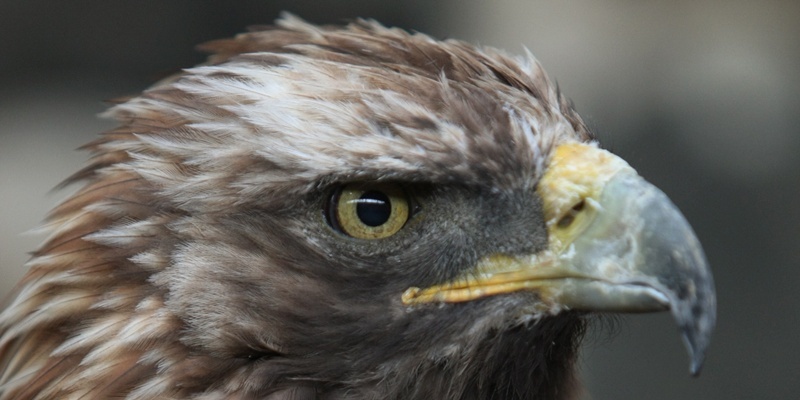Twenty-nine cases of deliberate bird poisoning confirmed last year may just be the tip of the iceberg, RSPB Scotland has warned.
The charity”s latest annual report out this week (PDF link) states four golden eagles were among birds of prey killed last year the highest number to occur in any single year.
As well as the four golden eagles, Scottish Government tests confirmed 13 buzzards, seven red kites, two peregrines and one white-tailed sea eagle were also poisoned.
RSPB Scotland said that as many of these crimes were only discovered by chance, the true number of raptors being poisoned could be much higher.
Director Stuart Housden said: “The criminal practice of illegally killing birds of prey remains a most serious conservation issue. Following welcome new measures to tackle this crime, we are working hard with the authorities and responsible land managers to see how we can use both intelligence and scientific information to better target enforcement against the perpetrators.
“We look forward to this yielding the visible results of an increase in the population and range of vulnerable species such as hen harrier, red kite, golden eagle and white-tailed eagle.”
Duncan Orr-Ewing, head of species and land management at RSPB Scotland, added: “We thank the public for their continued vigilance and encourage any suspected crimes to be reported quickly to the police and RSPB Scotland. Such reports were pivotal in finding illegally killed birds, sadly including four poisoned golden eagles, in 2010.
“Everybody can play a part in supporting efforts to bear down on these crimes in our countryside, which are so detrimental to some of Scotland”s tourism and other rural industries.”
The majority of incidents involving banned poisons took place in areas managed for driven grouse shooting, particularly in the eastern and central Highlands and the southern Uplands.
A report released by Scotland”s Wildlife Incident Investigation Scheme last month (link) revealed 233 incidents where birds of prey, livestock and pet cats and dogs that were the victims of deliberate or accidental poisoning over the previous year. This was 40% increase on the year before and more than two thirds of all incidents (69%) involved birds of prey.
